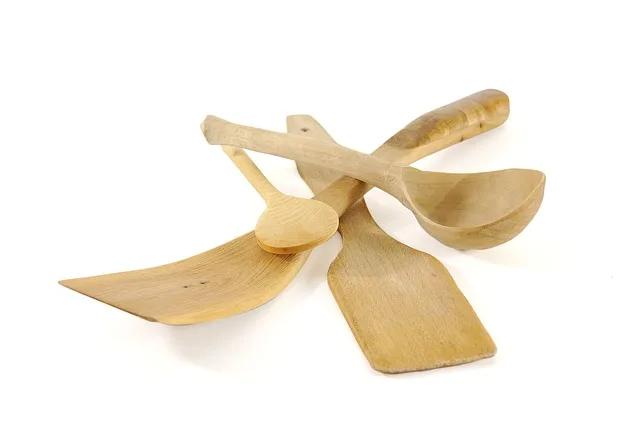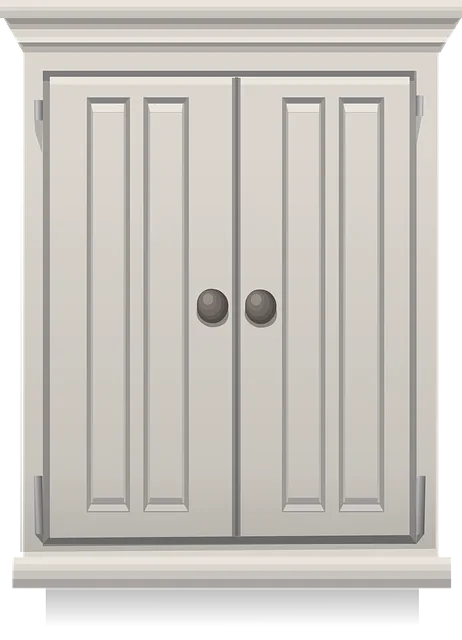First off, you’ll want to gather your tools. A level, a drill, screws, and a stud finder are your best friends here. Think of the stud finder as your treasure map, guiding you to the hidden gems in your wall that will support your cabinets. Once you’ve located those studs, mark them with a pencil. This is where the magic happens!
Next, it’s time to measure. You wouldn’t bake a cake without measuring your ingredients, right? The same goes for your cabinets. Measure the height and ensure they’re level. A little tip: start with the upper cabinets. It’s easier to work from the top down, and you won’t have to worry about bumping into lower cabinets while you’re at it.
Now, let’s talk about securing those cabinets. Use screws that are long enough to penetrate the studs but not so long that they poke through the other side. Think of it like threading a needle—precision is key! As you drill, keep checking with your level to ensure everything stays straight. No one wants a crooked cabinet; it’s like wearing mismatched socks!
Finally, once everything is in place, step back and admire your handiwork. You’ve just transformed your kitchen! With a little patience and the right techniques, mounting kitchen cabinets can be a rewarding experience that elevates your cooking space to new heights.
Nail It Right: Expert Tips for Securely Mounting Your Kitchen Cabinets
First off, let’s talk about the importance of finding the right studs. Think of studs as the backbone of your wall; they’re what will hold everything up. Use a stud finder to locate them, and mark their positions. This way, when you’re drilling, you’ll hit the jackpot every time. No one wants a cabinet crashing down during dinner prep!
Next, consider the type of screws you’re using. It’s like choosing the right shoes for a big event—go for quality! Opt for heavy-duty screws that can handle the weight of your cabinets. And don’t skimp on the number of screws; more is often better when it comes to stability. Just like a well-structured team, the more support you have, the stronger your cabinets will be.
Now, let’s not forget about leveling. Picture this: you’ve just mounted your cabinets, and they look great—until you realize one side is higher than the other. Frustrating, right? Use a level to ensure everything is even before you secure them fully. It’s like making sure your foundation is solid before building a house.
The Ultimate Guide to Hanging Kitchen Cabinets: Safety and Style Combined

Now, let’s dive into style. Choosing the right cabinets can elevate your kitchen from drab to fab. Think about colors and finishes that complement your space. Are you leaning towards a sleek modern look or a cozy farmhouse vibe? The options are endless! And don’t forget about hardware—those knobs and pulls can make a huge difference. They’re like the jewelry of your cabinets, adding that final touch of flair.

When it comes to installation, patience is key. It’s like baking a cake; you can’t rush it if you want it to turn out right. Start with the upper cabinets, and make sure you have a buddy to help. Trust me, trying to hold a cabinet in place while drilling is a recipe for disaster. Plus, having an extra set of hands makes it way more fun!
From Blueprint to Brilliance: Mastering the Art of Kitchen Cabinet Installation
First off, planning is everything. Think of your kitchen as a blank canvas. You wouldn’t start painting without a sketch, right? The same goes for cabinet installation. Measure your space meticulously, and don’t just eyeball it! Grab that tape measure and jot down every inch. This is your foundation, and trust me, a solid foundation makes all the difference.
Next, let’s talk about materials. Choosing the right cabinets is like picking the perfect outfit for a big event. You want something that not only looks good but also fits your style and needs. Whether you’re going for sleek modern lines or rustic charm, make sure your cabinets are durable and functional. After all, they’ll be holding your precious dishes and cookware!
Now, onto the installation process. It might sound daunting, but think of it as putting together a giant puzzle. Start with the upper cabinets, as they’re lighter and easier to handle. Use a level to ensure everything is straight—nobody wants a crooked cabinet! And don’t forget to secure them properly; you wouldn’t want your beautiful new cabinets to come crashing down, would you?
As you work, keep your vision in mind. Picture how each piece fits into the overall design. It’s like orchestrating a symphony; every cabinet plays its part in creating harmony in your kitchen. And remember, patience is key. Take your time, double-check your work, and soon enough, you’ll be admiring your handiwork, basking in the brilliance of your newly installed kitchen cabinets.
Avoiding Disaster: Essential Steps for Properly Mounting Kitchen Cabinets
First off, you need to start with a solid plan. Measure twice, cut once, right? Grab your tape measure and ensure you know exactly where each cabinet will go. Mark those spots on the wall with a pencil. Think of it like laying the foundation for a house; if the base isn’t right, everything else will crumble.
Next, invest in the right hardware. You wouldn’t use a butter knife to cut a steak, would you? Similarly, using the wrong screws or brackets can lead to a shaky installation. Opt for heavy-duty screws and wall anchors that can handle the weight of your cabinets. It’s like giving your cabinets a sturdy pair of shoes—they need the right support to stand tall.
Now, let’s talk about leveling. Picture this: you’ve mounted your cabinets, and they look great—until you realize one side is higher than the other. Ugh! Use a level to ensure everything is straight. It’s like making sure your picture frames are aligned; a little tilt can throw off the whole vibe.
Finally, don’t rush the process. Take your time to double-check everything. It’s better to be a little slow and steady than to have your cabinets come crashing down. After all, a well-mounted cabinet is like a well-cooked meal—it takes patience, but the results are worth it!
Frequently Asked Questions
What Tools Do I Need to Mount Kitchen Cabinets?
To mount kitchen cabinets, you will need a stud finder, level, drill, screws, a measuring tape, a pencil for marking, and a screwdriver. Optional tools include a clamp for stability and a saw for any adjustments. Ensure you have the right hardware for your specific cabinet type.
What is the Best Method for Securing Cabinets to the Wall?
To securely fasten cabinets to the wall, use wall anchors or brackets designed for the cabinet’s weight. Locate wall studs for maximum support, and drill pilot holes before inserting screws. Ensure the cabinet is level before tightening the screws to prevent tipping. For added safety, consider using anti-tip straps that connect the cabinet to the wall.
How Do I Measure for Proper Cabinet Placement?
To ensure proper cabinet placement, start by measuring the height, width, and depth of the space where the cabinets will be installed. Use a level to check for evenness and note any obstructions like outlets or plumbing. Mark the desired cabinet locations on the wall, considering both functionality and aesthetics. Double-check all measurements before installation to ensure a perfect fit.
What Should I Do If My Walls Are Uneven?
To address uneven walls, first assess the extent of the issue. For minor imperfections, use joint compound or spackle to fill in gaps and sand smooth. For more significant problems, consider installing wall panels or drywall to create a level surface. In severe cases, consult a professional for structural repairs. Always ensure proper measurements and materials are used for the best results.
How Do I Ensure Cabinets Are Level and Aligned?
To ensure cabinets are level and aligned, start by using a level tool to check each cabinet’s horizontal and vertical alignment. Adjust the cabinet legs or shims as needed to achieve a level surface. For alignment, use clamps to hold cabinets together and check gaps between them. Make necessary adjustments to ensure they are flush with each other and the wall. Finally, secure the cabinets to the wall and each other to maintain their position.